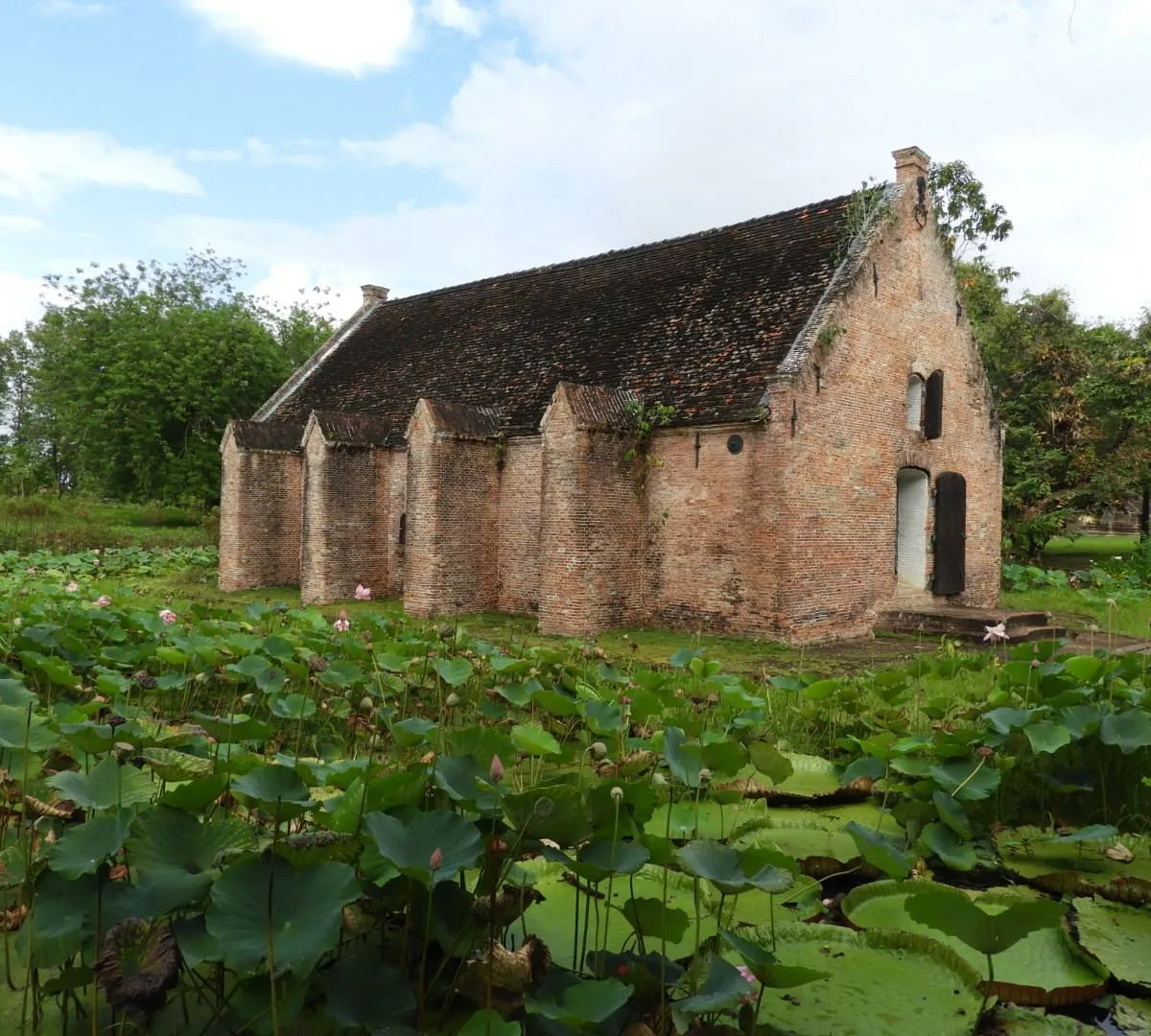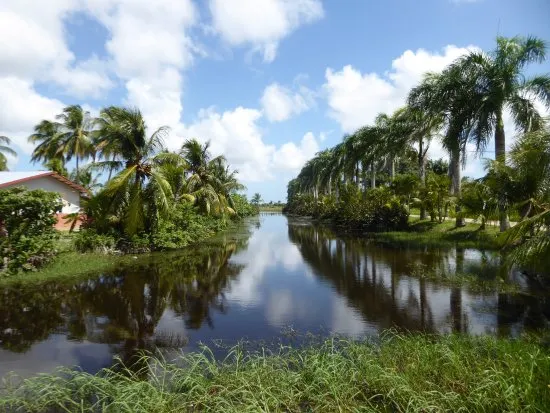1. Overview & Address of the Place
Tafelberg Nature Reserve is a remote and ecologically rich protected area located in the Sipaliwini District of central Suriname. It encompasses the iconic Tafelberg (Dutch for “Table Mountain”), a flat-topped mountain rising to 1,026 meters (3,366 feet) above sea level. The reserve is part of the larger Central Suriname Nature Reserve, a UNESCO World Heritage Site.
2. History of the Place with 10 Key Facts
- Establishment (1966): Tafelberg Nature Reserve was established in 1966 to protect the unique ecosystems surrounding Tafelberg Mountain.
- Integration into CSNR (1998): In 1998, it became part of the Central Suriname Nature Reserve, which covers approximately 1.6 million hectares.
- First Ascent (1943): The mountain was first climbed during the Coppename River expedition led by Dutch biologist Dirk Geijskes.
- Geological Significance: Tafelberg is the only tepui (table-top mountain) in Suriname, characterized by steep cliffs and a flat summit.
- Biodiversity Hotspot: The reserve hosts over 5,000 plant species and numerous endemic animals, including jaguars and giant armadillos.
- Cultural Importance: The area holds spiritual significance for indigenous communities, such as the Trio and Wayana peoples.
- Scientific Research: Numerous expeditions have been conducted to study its unique flora and fauna.
- Geijskes Falls: Named after Dirk Geijskes, these waterfalls are among the notable features near Tafelberg.
- Conservation Efforts: The reserve is managed to preserve its pristine condition, with limited human interference.
- UNESCO Recognition (2000): The Central Suriname Nature Reserve, including Tafelberg, was designated a UNESCO World Heritage Site in 2000.
3. What Makes Tafelberg Nature Reserve Popular?
Tafelberg Nature Reserve is renowned for its untouched wilderness, unique geological formations, and rich biodiversity. The flat-topped Tafelberg Mountain offers challenging hikes and panoramic views, attracting adventure seekers and nature enthusiasts. Its isolation has preserved ecosystems that are rare elsewhere, making it a prime location for scientific research and eco-tourism.
4. Overall Ratings (1 to 5 Stars)
Rating: ★★★★★ (5/5)
A pristine and remote destination offering unparalleled natural beauty and biodiversity. Ideal for experienced hikers, researchers, and those seeking solitude in nature.
5. Weather
The reserve experiences a tropical rainforest climate with high humidity and temperatures averaging around 27°C (81°F). The wet season spans from April to August, while the drier months are from September to March, which are more suitable for expeditions.
6. Nearest Five Hotels
Due to its remote location, there are no hotels within the reserve. Visitors typically stay in Paramaribo or at eco-lodges in nearby regions before embarking on expeditions.
- Royal Torarica Hotel – A luxury hotel in Paramaribo offering modern amenities.
- Torarica Resort – Features resort-style accommodations with lush gardens.
- Hotel Krasnapolsky – Centrally located in Paramaribo with comfortable rooms.
- Hotel Palacio – Offers upscale accommodations with colonial charm.
- Eco Torarica – A budget-friendly option with eco-friendly practices.
7. Timings
The reserve is accessible year-round, but expeditions are typically planned during the dry season (September to March) to ensure safer trekking conditions. There are no fixed operating hours; visits are arranged through guided tours.
8. Time Required to Visit
A typical expedition to Tafelberg Nature Reserve spans 7 to 10 days, including travel time, acclimatization, and exploration. The duration may vary based on the chosen route and weather conditions.
9. Entry Fees & Ticket Booking Details
Access to the reserve requires special permits, which are usually arranged by tour operators. Fees vary depending on the expedition package, services included, and group size. It’s essential to book through authorized agencies specializing in Suriname’s interior expeditions.
10. Things to See & Do
- Hiking: Trek to the summit of Tafelberg for breathtaking views.
- Wildlife Observation: Spot rare species like jaguars, giant otters, and diverse birdlife.
- Botanical Exploration: Discover endemic plant species unique to the region.
- Waterfalls: Visit Geijskes Falls and other hidden cascades.
- Cultural Interaction: Learn about the traditions of indigenous communities in nearby areas.
11. Best Time to Visit
The optimal time to visit is during the dry season, from September to March, when trails are more accessible, and rainfall is minimal, ensuring safer trekking conditions.
12. Nearest Parking Spots
As the reserve is in a remote jungle area, there are no parking facilities. Access is typically via chartered flights to nearby airstrips, followed by river and foot travel.
13. Tips for Visitors
- Physical Preparation: Ensure you’re in good physical condition for strenuous hikes.
- Travel with Guides: Always explore with experienced guides familiar with the terrain.
- Pack Essentials: Bring waterproof gear, insect repellent, and sufficient supplies.
- Respect Nature: Follow Leave No Trace principles to preserve the pristine environment.
- Health Precautions: Consult a travel doctor for necessary vaccinations and health advice.
14. How to Reach the Place
- By Air: Charter flights from Paramaribo to nearby airstrips like Rudi Kappel Airstrip.
- By River: Boat journeys via the Coppename River, followed by trekking.
- By Land: Limited road access; overland travel is challenging and requires careful planning.
15. Nearby Attractions to Combine for the Visit
- Central Suriname Nature Reserve: Explore other parts of this vast UNESCO World Heritage Site.
- Voltzberg: A granite dome offering panoramic views and rich biodiversity.
- Raleighvallen: Known for its waterfalls and diverse wildlife.
- Eilerts de Haan Mountains: Another significant mountain range within the CSNR.


